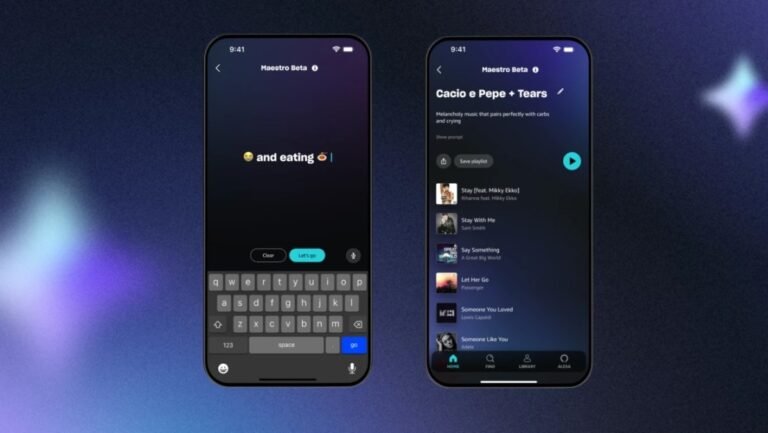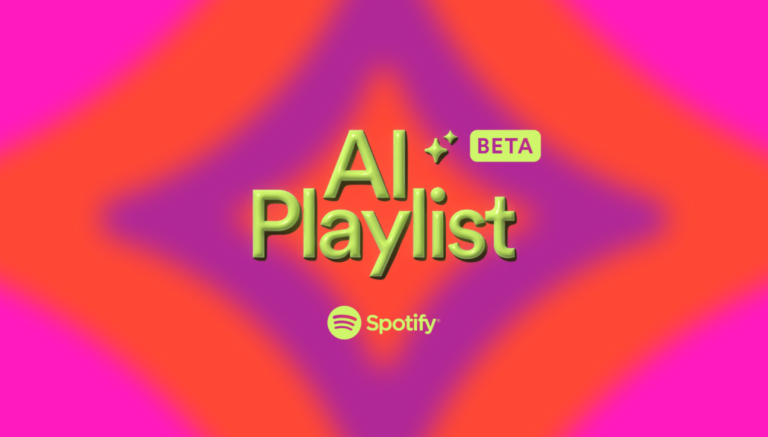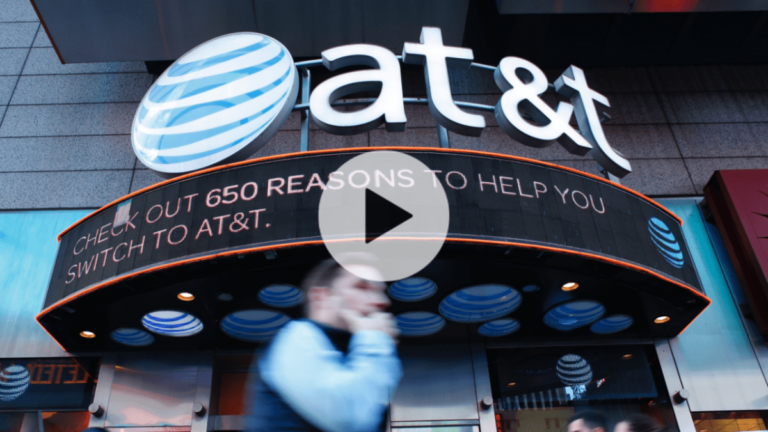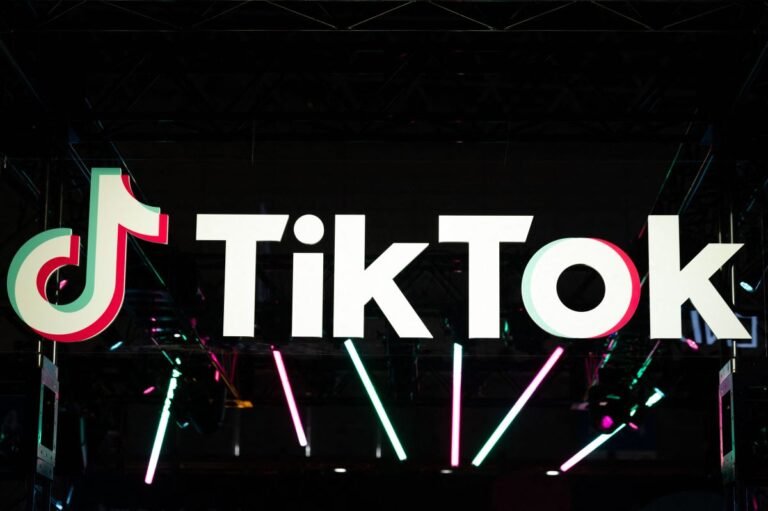
Spotify isn’t the only one to dabble with AI playlists — on Tuesday, Amazon announced it would do the same.
Amazon Music is now testing Maestro, an AI playlist generator, allowing U.S. customers on both iOS and Android to create playlists using spoken or written prompts, which can even contain emojis.
Amazon suggests that in addition to emojis, customers can write prompts that include activities, sounds, or emotions.
While Spotify’s AI generator is starting its tests in the U.K. and Australia, Amazon’s product is launching to a “subset” of free Amazon Music users, as well as Prime customers and Unlimited Amazon Music subscribers on iOS and Android in the U.S. for the time being.
To access Maestro, users will need the latest version of the Amazon Music mobile app and will tap on the option for Maestro on their home screen.

Spotify already found success with its popular AI DJ feature, and now the streaming music service is bringing AI to playlist creation.
The company on Monday introduced AI playlists into beta, a new option that allows users to generate a playlist based on written prompts.
In terms of the technology, Spotify says it’s using large language models (LLMs) to understand the user’s intent.
A pop-up menu appears showing the AI Playlist as a new option alongside the existing “Playlist” and “Blend” options.
Ahead of AI playlists, Spotify launched a similar feature, Niche Mixes, that allowed users to create personalized playlists using prompts, but the product did not leverage AI technology and was more limited in terms of its language understanding.

Death, taxes, and regular, terrifying cybersecurity leaks.
Those are the facts of life, as the latest AT&T data breach is teaching us yet again.
A TechCrunch investigation into leaked customer data from the American telco giant has led to AT&T resetting certain customer account passcodes to prevent them from being at risk.
The root of the security weakness is a massive, and AT&T’s data breach included a leaked dataset concerning more than seventy million former and current AT&T account holders.
Only a fraction are still current, but the scale of the leaked dataset that TechCrunch dug into makes it plain that despite huge amounts of work and investment, there are still regular, exploitable, and dangerous for consumers.

The startup built its platform on top of the open source Stable Diffusion model, letting users enter text-based prompts to generate their creations.
The company was founded by Darya Sesitskaya, a former Snap design lead responsible for designing Snapchat’s AR camera, Lens Studio, Lens Cloud, and more.
She also worked at Wanna (formerly Wannaby), an AR technology company known for its virtual try-ons for sneakers, clothing, and watches.
Since launching its beta version, Shader has garnered approximately 3,000 downloads.
In the near future, we also plan to implement the ability to create voice-to-AR effects and 3D background replacements,” says Sesitskaya.

SambaNova, an AI chip startup that’s raised over $1.1 billion in VC money to date, is gunning for OpenAI — and rivals — with a new generative AI product geared toward enterprise customers.
SambaNova today announced Samba-1, an AI-powered system designed for tasks like text rewriting, coding, language translation and more.
The company’s calling the architecture a “composition of experts” — a jargony name for a bundle of generative open source AI models, 56 in total.
But is Samba-1 really superior to the many, many other AI systems for business tasks out there, least of which OpenAI’s models?
Rather, it’s a set-it-and-forget it package — a full-stack solution with everything included, including AI chips, to build AI applications.

Through FlowGPT, users can build their own GenAI-powered apps and make them publicly available, earning tips for their contributions.
“Creative,” “Programming,” “Game” “Academic”), while creators get options for customizing the behavior — and appearance — of GenAI apps.
I say model the creator recommends because FlowGPT apps really, at their core, are prompts — prompts that prime models to respond in certain ways.
Many of these apps could potentially cause harm, like therapy apps and apps that advertise themselves as authoritative health resources.
It’s the wild west of GenAI apps — and the toggle’s ineffective to the point where I barely notice a difference in app selection with it switched on.

Phrasing requests in a certain way — meanly or nicely — can yield better results with chatbots like ChatGPT than prompting in a more neutral tone.
So what’s the deal with emotive prompts?
Nouha Dziri, a research scientist at the Allen Institute for AI, theorizes that emotive prompts essentially “manipulate” a model’s underlying probability mechanisms.
Why is it so trivial to defeat safeguards with emotive prompts?
Another reason could be a mismatch between a model’s general training data and its “safety” training datasets, Dziri says — i.e.

TikTok is testing a new “AI Song” feature that uses AI to create songs based on prompts that users enter, the company confirmed to TechCrunch.
The company told TechCrunch that AI Song uses Bloom, a large language model, to create lyrics based on text prompts.
AI Song is an experimental feature available on TikTok, utilizing artificial intelligence (AI) to generate songs based on prompts you input.
For your security, refrain from sharing personal or confidential information while using AI Song #tiktok #tiktoknewfeature ♬ Vibes – ZHRMusicAccording to the video, the app notes that “there are rules that must be followed” when using AI Song.
The new AI Song feature comes as TikTok has been pushing deeper into the music business.

A slew of consumer tech and companies focused on consumer packaged goods (CPG) have gobbled up venture capital in the past year.
Keychain, Harmonya, Highlight, Ramani, SupplyPike, Vividly and Turing Labs, just to name a few, captured investor attention for their technologies.
That’s because consumers’ tastes constantly change, grocery shelf space is finite and e-commerce takes finesse to cut through the noise.
But why are investors so interested in consumer tech and CPG as an opportunity now?
Oreo is going to need to know whether Oreo A or Oreo B tastes better, and that’s not something that generative AI can spit out.

Instagram introduced its generative AI-powered background editing tool to U.S.-based users Wednesday.
Meta’s lead for generative AI Ahmad Al-Dahle posted on Threads saying that the tool will let users change the background to their images through prompts for Stories.
Earlier this week, Snapchat released a new tool for its paying users that let them create and send AI-generated images.
Earlier this year, the social network rolled out the ability for Snapchat+ users to populate prompt-based backgrounds.
At the same time, the company also launched a standalone AI-image generator called Imagine with Meta, powered by its own model called Emu.













